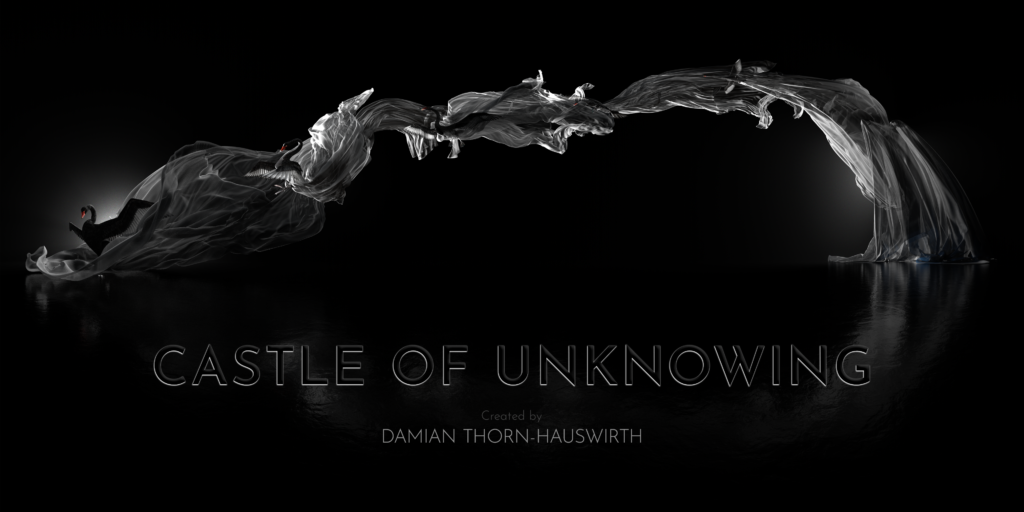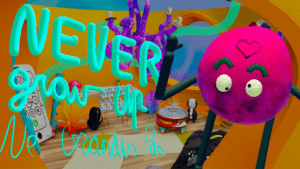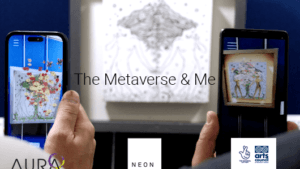
FIVARS 2022 Spotlight: Castle of Unknowing
 Enter into a virtual reality surrealist allegory, where the viewer explores themes of suffering and transformation. FIVARS had a chance to speak with Castle of Unknowing director Damian Thorn-Hauswirth.
Enter into a virtual reality surrealist allegory, where the viewer explores themes of suffering and transformation. FIVARS had a chance to speak with Castle of Unknowing director Damian Thorn-Hauswirth.
What led to the creation of this piece?
I created Castle of Unknowing as my MFA Thesis project. Ideas for this piece percolated for several years before my re-entry into education provided the perfect environment for its execution.

What was the production process for you and your team? What did you learn?
Castle of Unknowing was created primarily by myself using 3D animation software and tools. This was my first foray into VR, so it was a huge learning experience. Numerous iterations were needed to play with camera positioning and environment layout. Since we didn’t create the project in a real-time engine, changes like this were more brutal to preview but necessary.
There was no substitution for viewing the stereoscopic 360-degree imagery in a headset. I could get some sense of the image from the flat renders on the computer screen, but experiencing the space in a VR headset was different. This sense of inhabiting a CG space, rather than just being a spectator, is one of the most compelling aspects of the medium for me.
How did you become an immersive media content creator and why?
I come from a traditional 3D animation/CG background. When I first experienced VR several years ago, it was in a technical engineering environment. Although the content was not narratively driven, I was in awe of the VR experience, and it planted the seed for creating my original VR work.
Three years ago, I returned to school to obtain my MFA degree and decided it was the perfect opportunity to see this idea come to fruition, creating the Castle of Unknowing. VR was an ideal medium for creating this piece. VR, modeled after the human sensory experience, calls into question what we experience in our day-to-day world.
This aspect of VR, paired with the more abstract narrative of Castle of Unknowing, works together to reinforce and complement each other, creating a sense of mystery and inquiry within each viewer.

What is the VR/AR industry like in your region?
I live in Orlando, Florida, so there is a large industry for VR/AR across the entertainment, gaming, and engineering fields. Its use covers the spectrum from large-scale attractions at Disney or Universal to individual engineering maintenance trainers.
What do you have planned for the future?
I plan to continue creating immersive and traditional works that express something of myself.
What would you like to share with fellow content creators and the industry?
I can’t wait to see all the other works being exhibited. I love seeing and being inspired by the variety of ideas and styles being created in VR.

Do you think VR festivals like FIVARS are important?
Being able to create and express something personal and share it with the world is a rare and challenging experience. This interaction of creation and participation can create new meaning, mystery, and understanding in both the artist and the viewer. Festivals like FIVARS give creators and audiences this opportunity.













